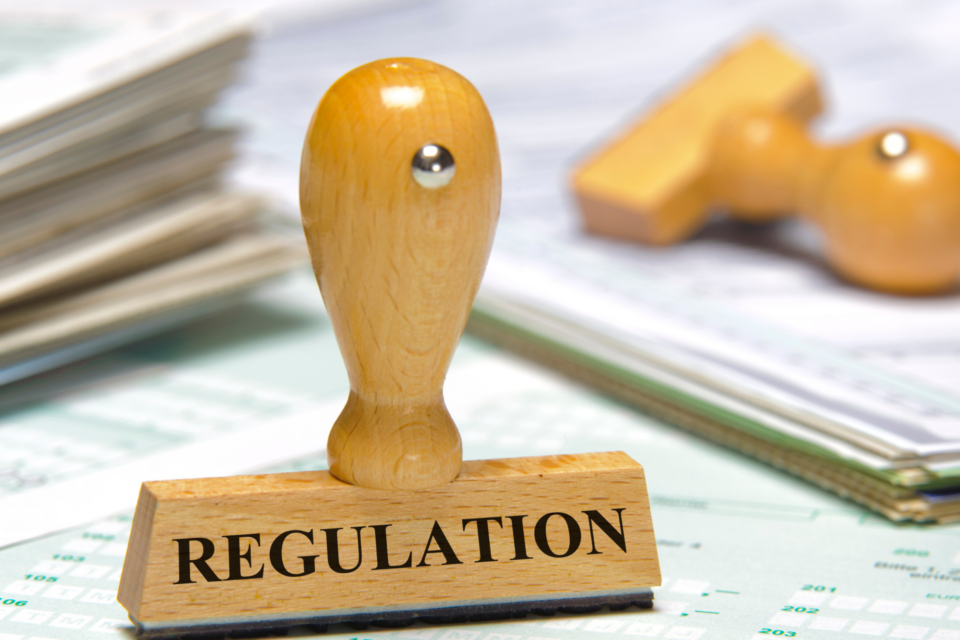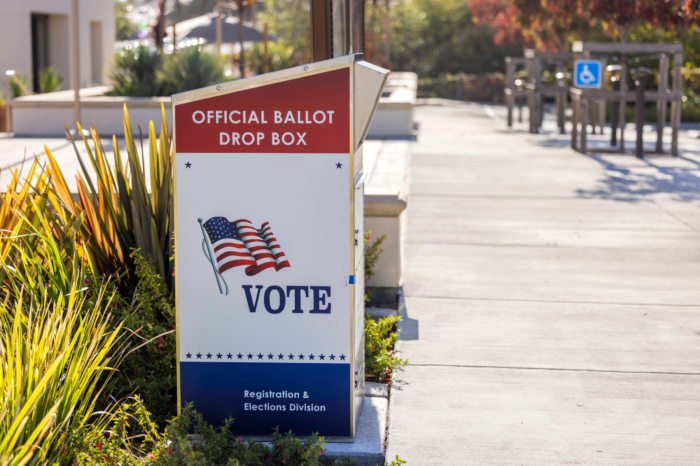Just the Facts: Wyoming Regulations

A survey by George Mason University examining the regressive effects of regulations in Wyoming reveals a concerning economic impact. The study shows that from 1997 to 2015, federal regulations—rising at an average of 3.78% annually—have had significant consequences for Wyoming’s economy, including:
-
A 1.23% increase in the poverty rate, which equates to 6,914 additional people per year.
-
A 2.6% rise in income inequality.
-
A 0.16% decrease in the number of small firms, representing a loss of 28 small businesses per year.
-
A 0.21% decline in small firm employment, equivalent to 266 jobs annually.
-
A 7.35% increase in consumer prices, further straining the purchasing power of Wyoming residents.
In addition, Wyoming ranks 37th out of the 44 states surveyed for state-level regulatory restrictions, with 71,294 regulatory barriers as of 2021. While Wyoming cannot unilaterally reduce the burden of federal regulations, the state has significant opportunities to streamline homegrown red tape.
WY We Care: To foster a more competitive and business-friendly environment, Wyoming can take several steps to reduce the state regulatory burden:
-
Review and Simplify Existing Regulations: Conduct a comprehensive review of state regulations, focusing on outdated, redundant, or overly complex rules that hinder small businesses and job creation.
-
Carry out a ‘One-In, One-Out’ Rule: For every new regulation introduced, an existing one should be eliminated or simplified, ensuring that the regulatory framework remains manageable and encourages growth.
-
Boost Regulatory Transparency: Make the regulatory process more accessible to businesses by offering clear, easily navigable guidance on compliance requirements and timelines, helping firms avoid unnecessary costs and delays.
-
Incentivize Innovation and Entrepreneurship: By reducing excessive licensing and permitting requirements, Wyoming can create a more attractive environment for start-ups and innovative companies to thrive.


